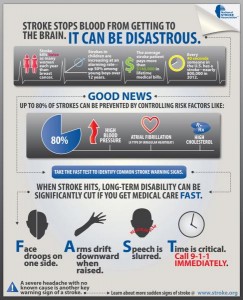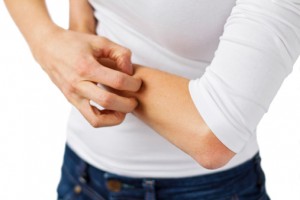 A recent national survey has shown that women are three times more likely to see a physician for checkups than men and men are more likely to see a doctor only when they experience alarming symptoms of illness.
A recent national survey has shown that women are three times more likely to see a physician for checkups than men and men are more likely to see a doctor only when they experience alarming symptoms of illness.
Despite the reluctance to go for checkups, it is important for men to see their doctors because as they age, the risks for developing life-threatening health conditions increase. Many of these conditions are preventative or can be controlled if they are detected early. Some of the leading conditions that threaten men’s health include:
- Hypertension (High Blood Pressure)-The risk of hypertension increases in men who are 45 years old and older; however, it is not uncommon for younger men to be diagnosed with this condition. Your level of alcohol consumption can also affect your chances of developing high blood pressure. Men who drink alcohol heavily are at a higher risk for hypertension than non-drinkers.
- Cancer- According the Centers for Disease Control and Prevention (CDC) the leading causes of cancer deaths among men is prostate cancer, lung cancer and colorectal cancer.
- Stroke- Studies have indicated that African American men, seniors and smokers are at higher risk for developing strokes.
- Diabetes- The number of men affected by Type 2 diabetes has increased significantly. The risk of this disease tends to increase with age. It is recommended that men are screened regularly after the age of 45.
- Cardiovascular disease- The American Heart Association has estimated that one in three adult men have some form of cardiovascular disease.
June is Men’s Health Month, the perfect time to discuss these health concerns with your husband, father or brother, and encourage them to make an appointment for a physical.
Waiting for the onset of debilitating health symptoms is not the best way to gauge your health. There are serious health conditions that can often go undetected until they are at an advanced stage. Going for regular checkups may give your physician a better chance of detecting symptoms that indicate serious health issues. It is important to keep in mind that many health conditions are preventative or treatable with early detection.
All content of this newsletter is intended for general information purposes only and is not intended or implied to be a substitute for professional medical advice, diagnosis or treatment. Please consult a medical professional before adopting any of the suggestions on this page. You must never disregard professional medical advice or delay seeking medical treatment based upon any content of this newsletter. PROMPTLY CONSULT YOUR PHYSICIAN OR CALL 911 IF YOU BELIEVE YOU HAVE A MEDICAL EMERGENCY.






